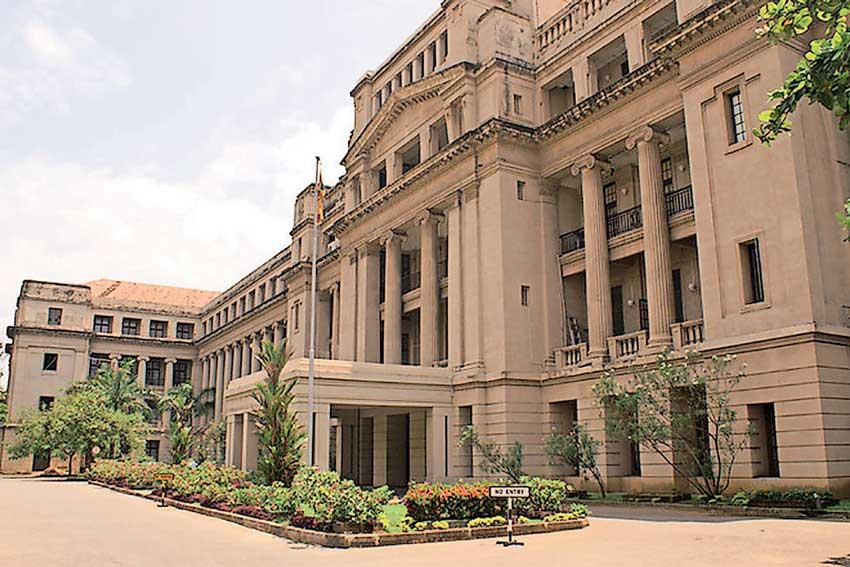Reply To:
Name - Reply Comment

Despite the recent rating downgrades on elevated debt repayment risks, Sri Lanka has significantly cut down its reliance on foreign debt to fund budgets as the government’s balance sheet showed a net repayment of such debt. According to the latest data available up to September, foreign financing of the budget has recorded a net repayment of Rs.171.8 billion in rupee equivalent in the nine months compared to a net borrowing of Rs.174.7 billion of foreign debt in rupee equivalent in the same period in 2019.
The Central Bank and the Treasury have said that they have changed the country’s debt management strategy by cutting down on foreign debt and tilting towards domestic sources for borrowing.
“Public debt will be managed in such a way the domestic to foreign component of the debt will become 55:45 in 2020 to 60:40 in 2021. This and the stated policy of not pursuing foreign debt-creating public investments will make government debt more manageable. The commitment to reduce the budget deficit over the medium term to 4 percent by 2025 remains,” Central Bank Governor Prof. W.D. Lakshman said a few weeks ago.
Meanwhile, the data also showed that the total outstanding foreign debt of the country had risen by only 2 percent or Rs.126.4 billion in the nine months to Rs.6, 528.8 billion in rupee equivalent terms.
However, the outstanding domestic debt increased by 19.8 percent or Rs.1, 311.2 billion in the nine months to Rs.7, 940.3 billion as government raised moneys with a heavier tilt toward treasury bills and bonds to take advantage of the record low interest rates in the domestic market.
The amount of moneys raised through treasury bills and bonds were Rs.348.2 billion and Rs.686.8 billion respectively. As a result, the total outstanding government debt raised via both domestic and foreign sources stood at Rs.14, 469.1 billion by end-September from Rs.13, 031.5 billion at the end of 2019.
According to ideas propagated by the Modern Monetary Theory, local currency-denominated bonds are within the sovereign power of a country and money could be printed by the Central Bank to repay them. Sri Lanka’s Central Bank maintains that fears around the country’s debt sustainability is unfounded. But they acknowledge that there could be some challenges to settling the country’s foreign debt due to disruption to certain tra